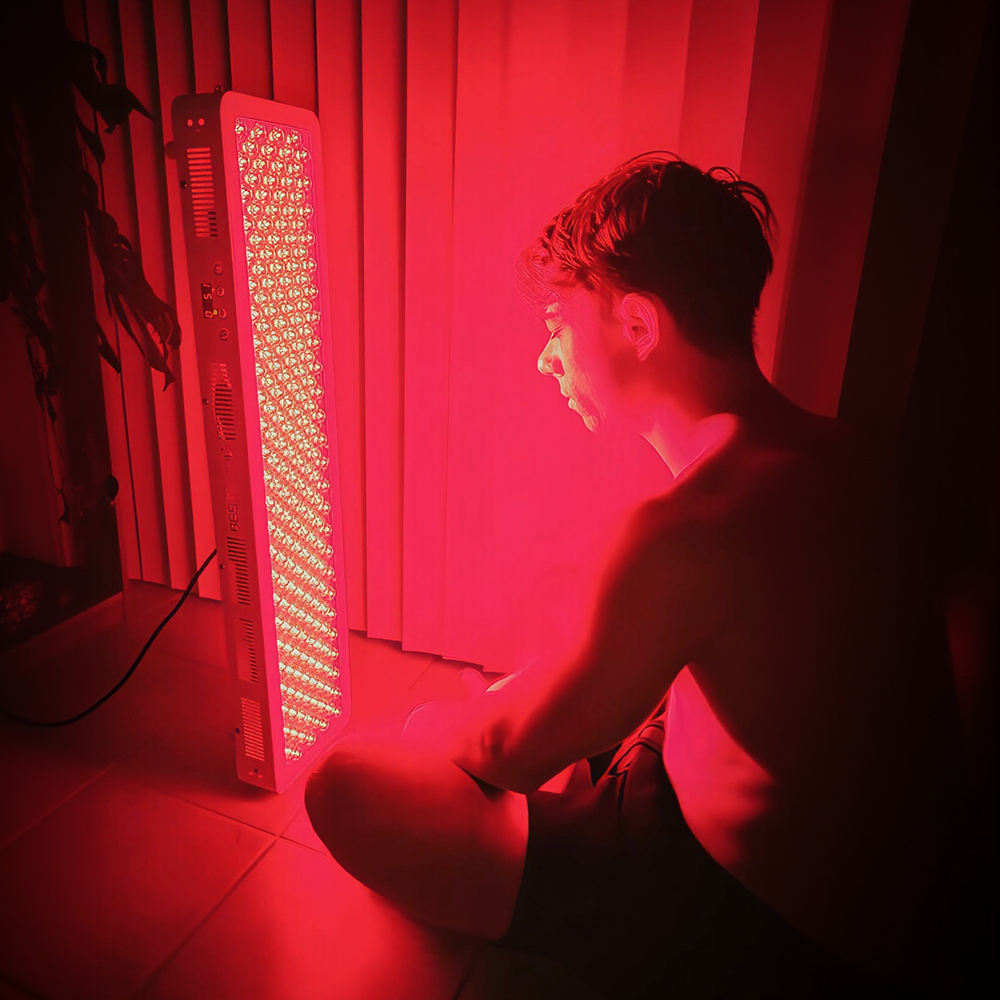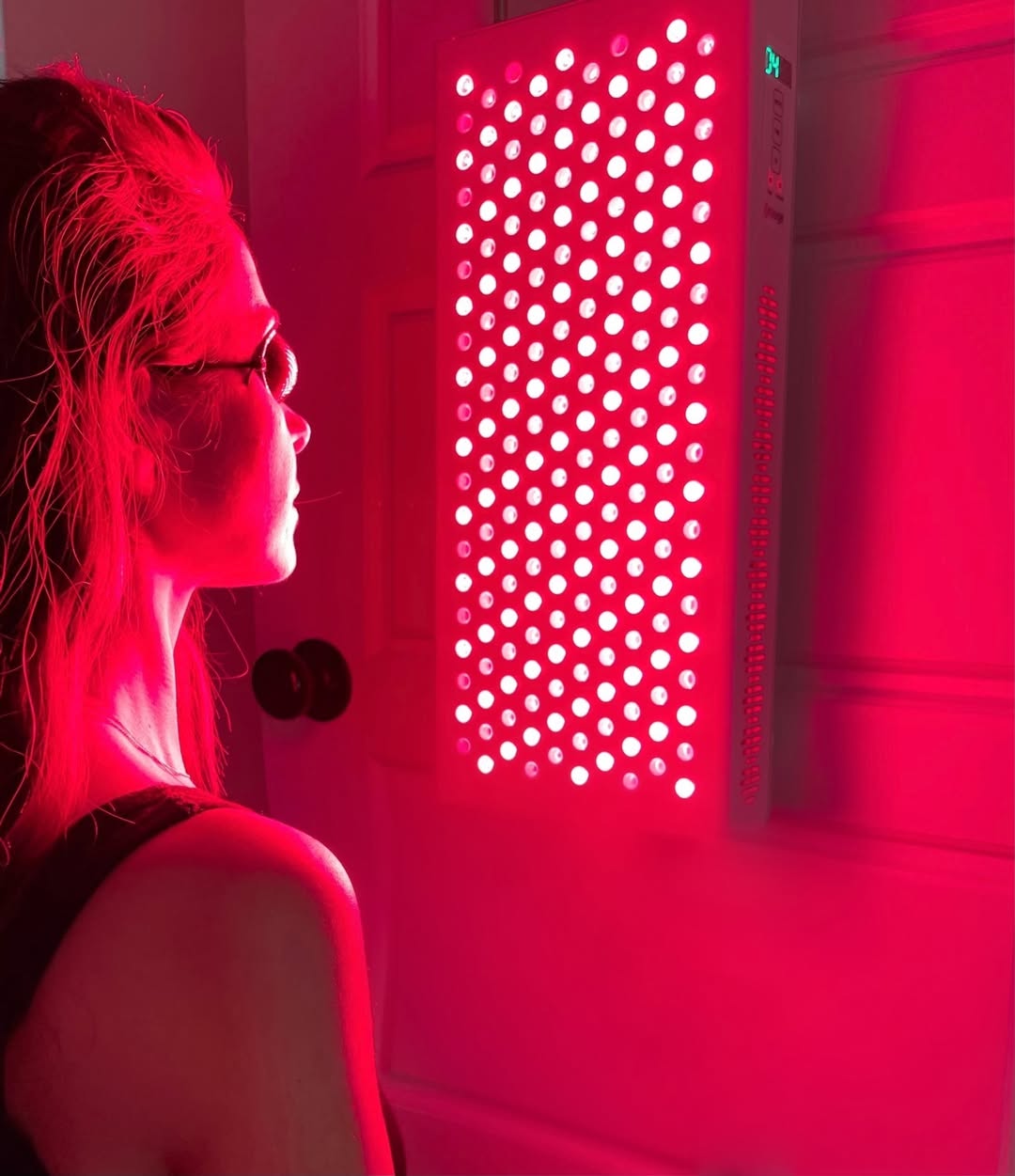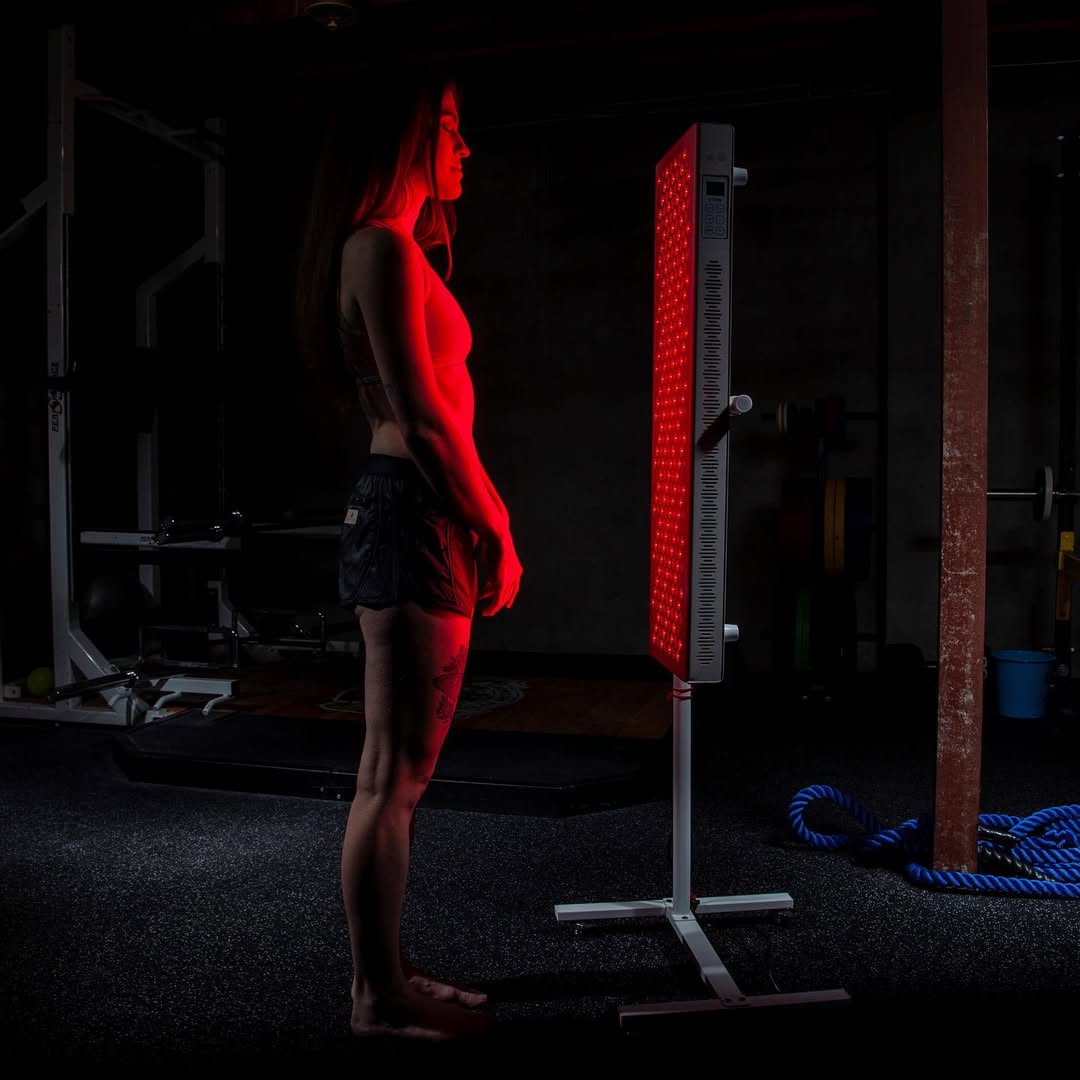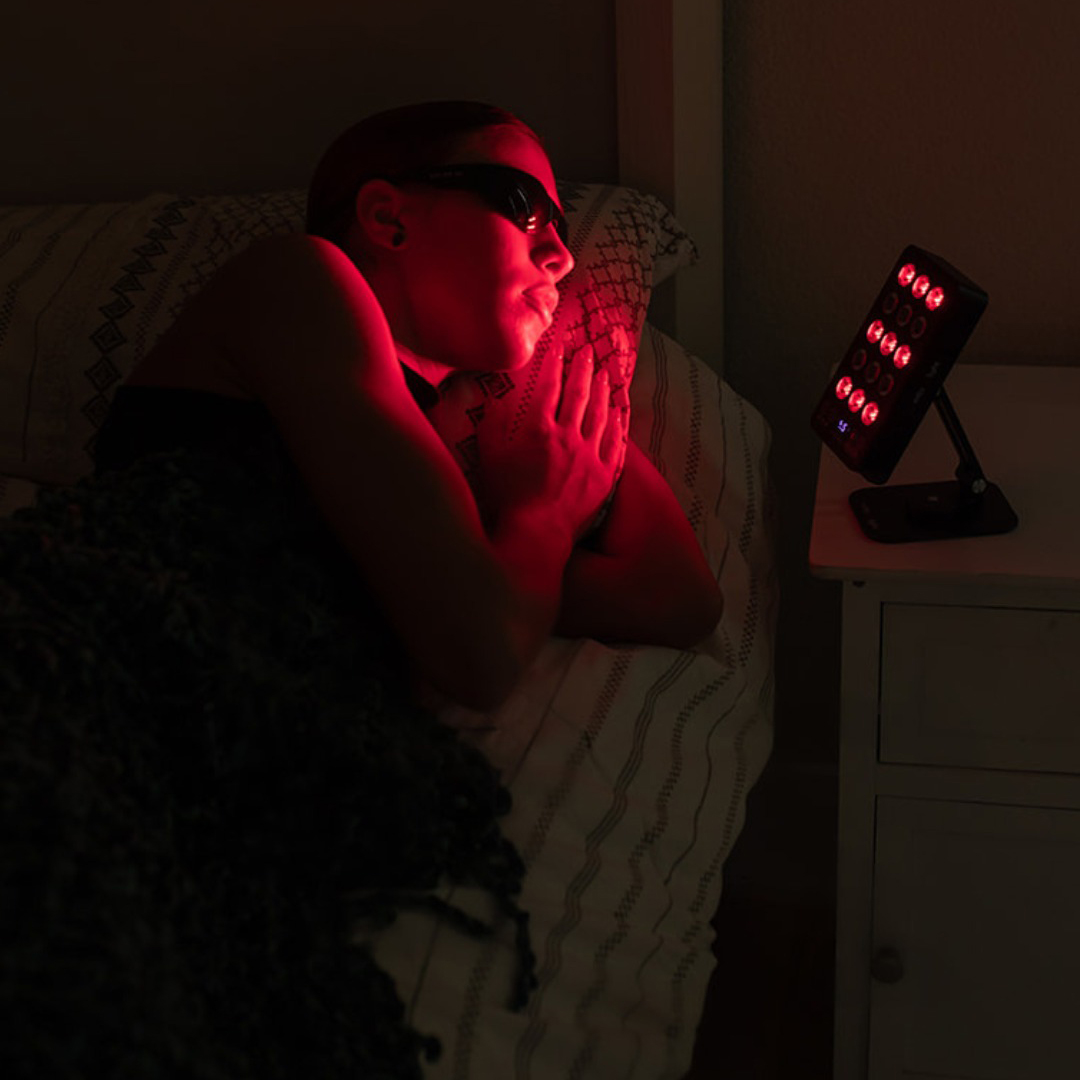![]() Free Shipping
Free Shipping ![]() Buy Now, Pay Later
Buy Now, Pay Later ![]() Eligible
Eligible
Red Light Therapy for Autism: A Comprehensive Guide to Potential Benefits and Uses
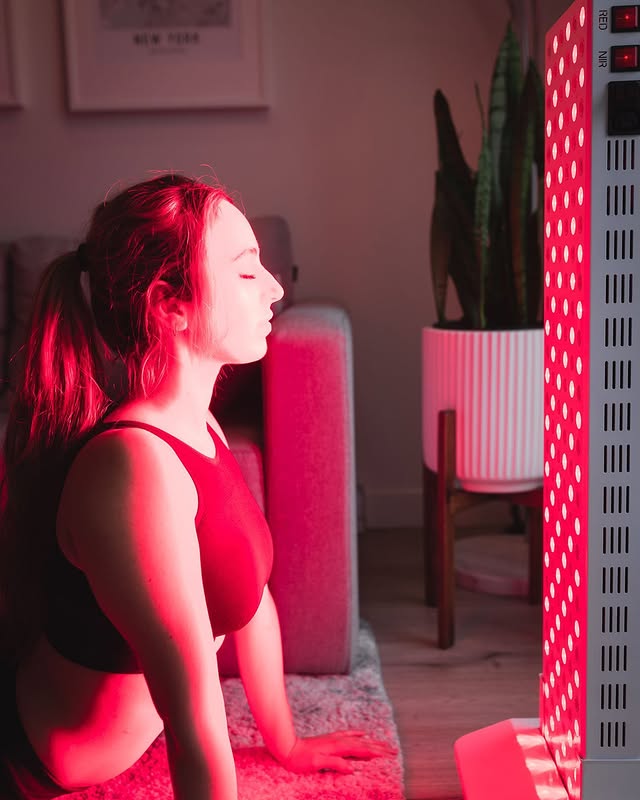
Autism Spectrum Disorder (ASD) is a complex neurodevelopmental condition characterized by challenges with social communication, repetitive behaviors, and sensory sensitivities. As families and researchers continuously seek supportive therapies to improve quality of life, Red Light Therapy (RLT) has emerged as a promising, non-invasive area of investigation.
Also known as Photobiomodulation (PBM), this therapy involves exposing the body to low-wavelength red and near-infrared light. But how can light potentially influence the neurological aspects of autism? This article delves into the science, the proposed benefits, and the practical considerations for using RLT as part of a holistic approach to autism support.
What is Red Light Therapy (Photobiomodulation)?
At its core, Red Light Therapy is a therapeutic technique that uses specific wavelengths of light to stimulate cellular function. Unlike ultraviolet light, which can damage the skin, red and near-infrared light particles (photons) are absorbed by the mitochondria within our cells.
Dr. Michael Hamblin, a leading PBM researcher from Harvard, explains: “The primary chromophores [light-absorbing molecules] are thought to be mitochondrial cytochrome c oxidase… This leads to increased ATP production, a brief burst of reactive oxygen species, and an increase in intracellular signaling.”
In simpler terms, RLT acts like a “charger” for your cells, potentially leading to:
- Enhanced energy production (ATP)
- Reduced inflammation
- Improved blood flow and tissue repair
The Proposed Connection: How Could RLT Help with Autism?
The application of RLT for autism is primarily based on targeting several underlying biological factors often associated with the condition. The theory suggests that by addressing these core issues, we may see improvements in outward symptoms.
Reducing Neuroinflammation
Many studies have indicated that neuroinflammation (inflammation in the brain) is a common feature in individuals with autism. RLT has demonstrated potent anti-inflammatory effects in numerous clinical studies, potentially calming this inflammatory environment in the brain.
Enhancing Mitochondrial Function & Cellular Energy
Research suggests that some individuals with autism may have mitochondrial dysfunction, meaning their brain cells don’t produce energy efficiently. As RLT’s primary mechanism is boosting mitochondrial ATP production, it could theoretically help “recharge” underperforming brain cells, leading to improved neural communication and cognitive function.
Stimulating Antioxidant Defenses
Oxidative stress—an imbalance between harmful free radicals and the body’s ability to detoxify them—is another key finding in autism research. RLT can upregulate the body’s own antioxidant pathways, helping to protect delicate neural tissues from damage.
Potential Benefits of Red Light Therapy for Autism Symptoms
While research is still in its early stages, preliminary evidence and anecdotal reports suggest several potential benefit areas.
| Potential Benefit Area | How RLT May Help |
|---|---|
| Improved Social Interaction | By reducing inflammation in brain regions linked to social behavior (e.g., prefrontal cortex), RLT may help lower the “barrier” to social engagement. |
| Enhanced Communication | Increased cellular energy in the brain could support the complex neural networks required for speech and language processing. |
| Reduced Repetitive Behaviors | Calming neuroinflammation may lead to a decrease in anxiety and the need for self-stimulatory, repetitive actions. |
| Better Sleep Patterns | RLT can help regulate circadian rhythms and increase melatonin production, addressing a common co-occurring issue in autism. |
| Decreased Sensory Overload | A more regulated and less inflamed nervous system may be better equipped to process sensory input without becoming overwhelmed. |
| Improved Mood & Less Anxiety | The anti-inflammatory and neuroprotective effects can create a more stable neurological environment, potentially reducing anxiety and irritability. |
How to Use Red Light Therapy for Autism: A Practical Guide
Implementing RLT requires careful consideration. It is crucial to consult with your child’s healthcare provider before starting any new therapy.
Choosing the Right Device
For neurological benefits, devices that deliver near-infrared light (NIR) are often recommended because of their deeper penetration into the skull. Many high-quality panels combine both red (for skin and surface issues) and NIR light.
Key factors to consider:
- Wavelength: Look for devices emitting light in the 660nm (red) and 810-850nm (NIR) ranges.
- Power Density (Irradiance): A higher power density means shorter, more effective treatment times.
- Size: A larger panel can cover more of the head or body, which may be beneficial.
Application and Protocol
A common approach is transcranial photobiomodulation—shining the light directly on the head. The scalp is very thin in certain areas (like the forehead), allowing light to reach the brain cortex.
A typical starting protocol might look like:
- Duration: 20-60 seconds per brain region (e.g., forehead, temples, back of the head).
- Frequency: 3 to 5 times per week.
- Distance: Follow the manufacturer’s instructions, usually 6-24 inches from the scalp.
A note from a clinical perspective: “We are seeing an exciting shift towards non-pharmacological interventions. While more large-scale trials are needed, the safety profile of PBM makes it a compelling adjunct therapy to explore for neurological conditions like autism.” – Integrative Neurologist
Important Considerations and Safety
RLT is generally considered very safe when used appropriately. The primary side effect is potential temporary eye strain, so protective eyewear is mandatory.
Crucial Points to Remember:
- Not a Cure: RLT should be viewed as a potential supportive therapy, not a cure for autism.
- Consult Your Doctor: Always discuss with a healthcare professional familiar with your child’s medical history.
- Patience is Key: Benefits are often subtle and cumulative, requiring consistent use over weeks or months.
- Individual Results Vary: The neurodiversity of autism means responses to any therapy will be highly individual.
- Quality Matters: Invest in a reputable, clinically-tested device from a trustworthy manufacturer.
The Future is Bright: Conclusion and Research Outlook
Red Light Therapy represents a frontier in neuromodulation that aligns with a more biological understanding of autism. By targeting fundamental issues like inflammation, oxidative stress, and cellular energy deficit, it offers a unique, non-invasive, and side-effect-free approach to support neurological health.
While the current body of evidence is promising, it is still growing. Larger, more rigorous clinical trials are needed to establish standardized protocols and solidify the evidence base. For now, for families seeking every available tool to support their loved ones with autism, RLT presents a beam of hopeful, scientifically-plausible light worthy of discussion with their healthcare team.



